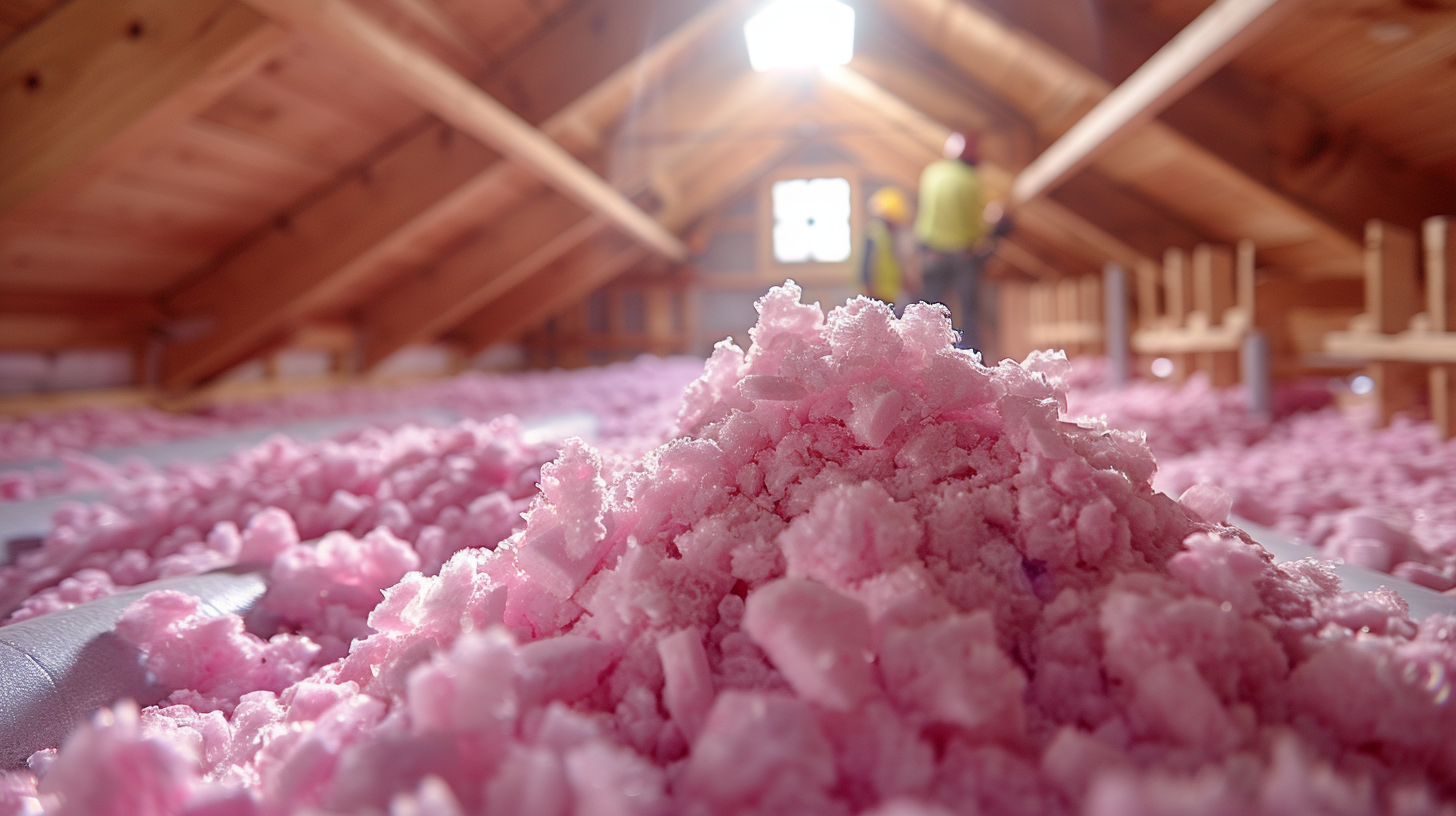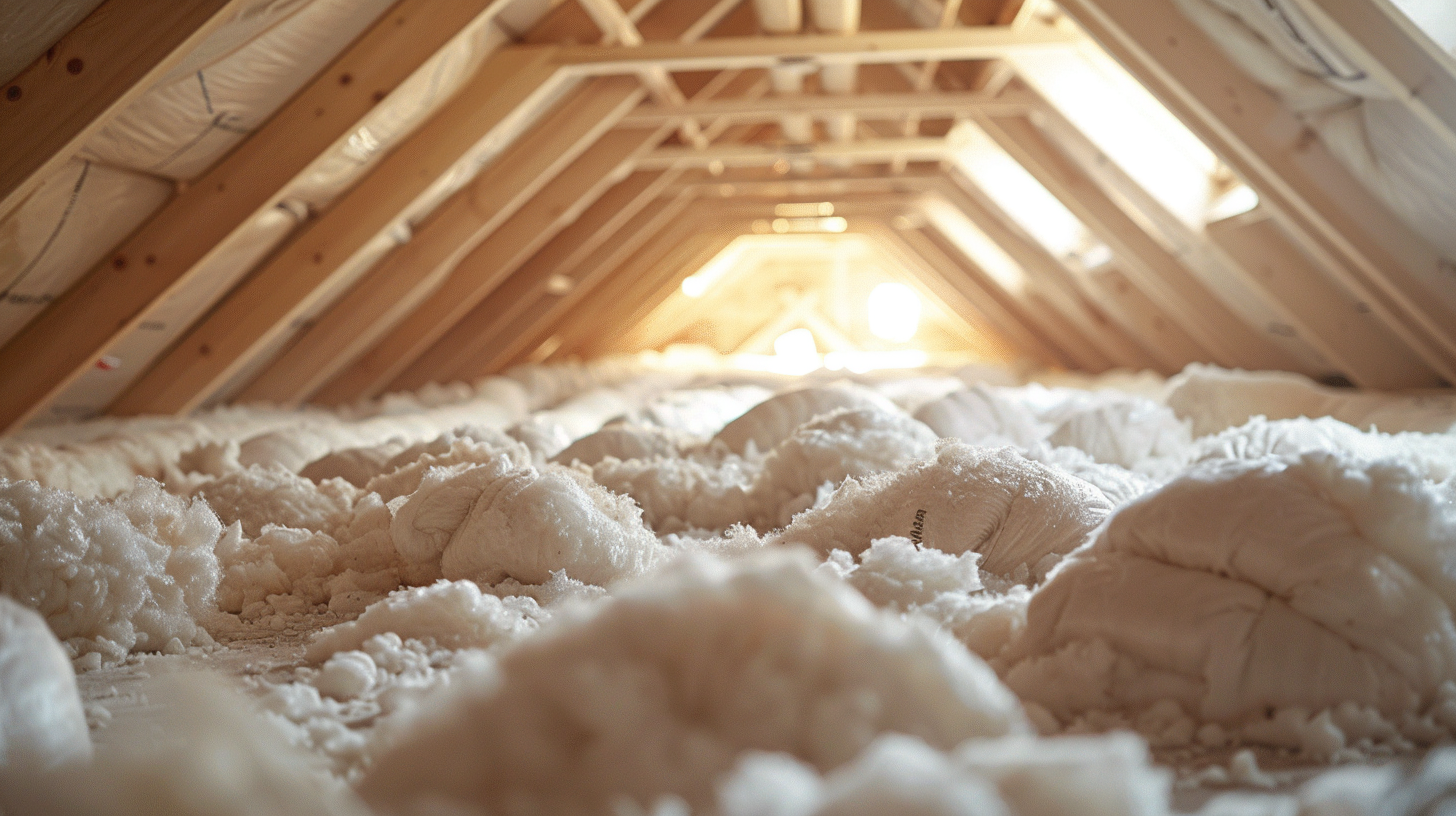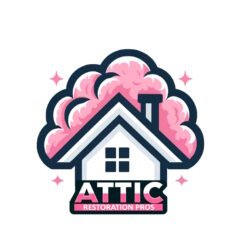
Naperville attic restoration, particularly focusing on insulation, is a comprehensive process that involves several key steps to ensure your home is not only well-insulated but also safe and clean. This process is especially critical after events like wildlife infestations, water damage, or when the existing insulation has deteriorated over time. Here’s a detailed overview of the insulation process:
Initial Attic Inspection and Assessment
Contents
The first step involves a thorough attic inspection to assess the current state of the insulation and identify any damage or contamination. This may include checking for signs of pest infestation, water damage, mold, or asbestos, especially if the insulation is old or needs repair due to wildlife activity in the attic [1][4][7][16]. Company professionals in Naperville may use this opportunity to also evaluate the type of insulation present in the attic and its effectiveness in energy conservation.
Types of Attic Insulation
| Attic Insulation Type | R-Value per Inch | Recommended Attic R-Values by Zone |
|---|---|---|
| Closed Cell Spray Foam | R-6 to R-7 | Zone 1-3: R-49 to R-60 |
| Zone 4: R-38 to R-60 | ||
| Zone 5-8: R-49 to R-60+ | ||
| Foam Board | R-4.5 to R-5 | |
| RetroFoam Injection Foam | R-4.6 to R-5 | |
| Open Cell Spray Foam | R-3.6 to R-3.9 | |
| Cellulose (Loose-Fill) | R-3.1 to R-3.8 | |
| Fiberglass (Batts) | R-2.9 to R-3.8 | |
| Fiberglass (Loose-Fill) | R-2.2 to R-2.9 |

Attic Insulation Restoration in Naperville
If the insulation is found to be damaged, contaminated, or otherwise ineffective, it will need to be removed. The removal process can vary depending on the type of insulation (e.g., blown-in, batts, or rolls) and the specific challenges of the attic space, such as accessibility and the presence of hazardous materials like asbestos[3][6][9][17]. For blown-in insulation, a high-powered vacuum system is typically used to suck the insulation out efficiently[17]. It’s crucial to handle this step with care to avoid spreading contaminants throughout the home or causing damage.
Naperville Attic Removal of Damaged Insulation

After the old insulation has been removed, the next step is to clean and sanitize the attic space. This may involve removing any debris, droppings, or nesting materials left by pests and applying disinfectants to eliminate pathogens and odors[2][4][5]. Proper sanitation is essential for creating a healthy living environment and preparing for new insulation.
Air Sealing
Before installing new insulation, it’s important to air seal the attic. This process involves identifying and sealing leaks and gaps that allow air to flow between the attic, roof and the living spaces below. Air sealing helps improve energy efficiency by preventing warm or cool air from escaping through the roof and also reduces the risk of moisture problems[12].
Installing New Insulation After Repair
Once the attic is clean and air-sealed, the next step is to install new attic insulation. The type of insulation chosen will depend on various factors, including the climate, the home’s energy needs, and personal preferences. Options include fiberglass, cellulose, or spray foam, each with its own installation methods and benefits[4][11]. The goal is to achieve the recommended insulation level for your geographic area to ensure optimal thermal performance and energy savings.
After the new insulation is installed in the attic, a final inspection is conducted to ensure everything has been done correctly and that the attic renovation is now properly insulated and sealed. The cleanup process involves removing any leftover materials and ensuring the home is clean and free from any insulation debris[4][15].

Considerations and Costs
The cost of attic insulation replacement can vary widely depending on the size of the attic and home, the type of insulation removed and installed, and any additional repairs or sanitation services required[3][5][8]. It’s also worth noting that some homeowners insurance policies may cover the costs of repairing damage caused by wildlife[4].
In summary, removal and installtion is a multi-step process that involves removing old or damaged insulation, cleaning and sanitizing to restore attics, air sealing, and installing new insulation. This process not only improves the energy efficiency of your home but also enhances indoor air quality and comfort. Given the complexity and potential hazards involved, it’s generally recommended to hire professionals to handle attic remediation in Naperville, IL [3][4][9][17].
https://www.energystar.gov/saveathome/seal_insulate/identify-problems-you-want-fix/diy-checks-inspections/insulation-r-values [2] https://www.insulate.org [3] https://www.energystar.gov/products/ask-the-experts/how-hire-attic-insulation-contractor [4] https://insulation.org [5] https://www.energy.gov/energysaver/insulation [6] https://cellulose.org [7] https://www.energy.gov/energysaver/where-insulate-home [8] https://www.insulate.org/information-for-homeowners/ [10] https://rockinsul.com/about/industry-partners/ [11] https://atticconstruction.com/which-attic-insulation-is-best/ [12] https://www.gfipro.com/about-us/affiliations.html [13] https://neeeco.com/blog/whats-the-best-insulation-for-attics/ [15] https://www.familyhandyman.com/article/attic-insulation-types/

